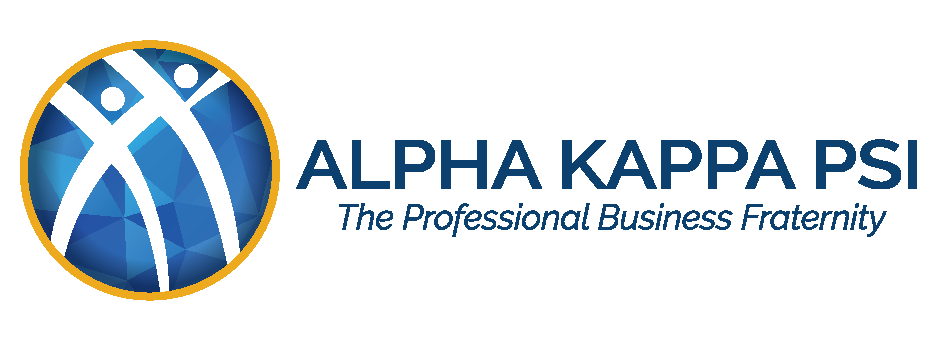An Employee Resource Group (ERG) is a voluntary, employee-led group that aligns with a company’s mission and helps foster a safe and supportive working environment and professional development opportunities for specific groups of employees. ERGs are important to the creation of more inclusive workplace cultures.
As Aiko Bethea writes in the Harvard Business Review: “Typically organized around a shared identity, such as race, gender, age, or mental health, they serve as a haven of belonging, offering a space for underrepresented employees to find one another, stave off a sense of isolation, and experience a reprieve from the daily aggressions they’ve endured at work.”
Many companies today have active ERGs, but since they’re employee-led groups, it’s not a given that your company has any, or, that they cater to your specific demographic or interest. If you’d like to be part of a group that doesn’t currently exist in your organization, why not start one!
Here are four steps along with some handy tips from the experts for getting your ERG off the ground.
 Harold (Hal) White was initiated as a faculty member of Alpha Kappa Psi 61 years ago. He was instrumental in the founding of Arizona State University’s Iota Xi chapter, and has made an impact on countless students, faculty members, and friends across the country. This article is about Hal’s professional life in academia and his involvement with AKPsi.
Harold (Hal) White was initiated as a faculty member of Alpha Kappa Psi 61 years ago. He was instrumental in the founding of Arizona State University’s Iota Xi chapter, and has made an impact on countless students, faculty members, and friends across the country. This article is about Hal’s professional life in academia and his involvement with AKPsi.

 During the fall of 2020, we launched an anonymous survey regarding diversity, equity, and inclusion (DEI) to better understand how well our fraternity fosters a culture in which all members can be their true authentic selves.
During the fall of 2020, we launched an anonymous survey regarding diversity, equity, and inclusion (DEI) to better understand how well our fraternity fosters a culture in which all members can be their true authentic selves.



